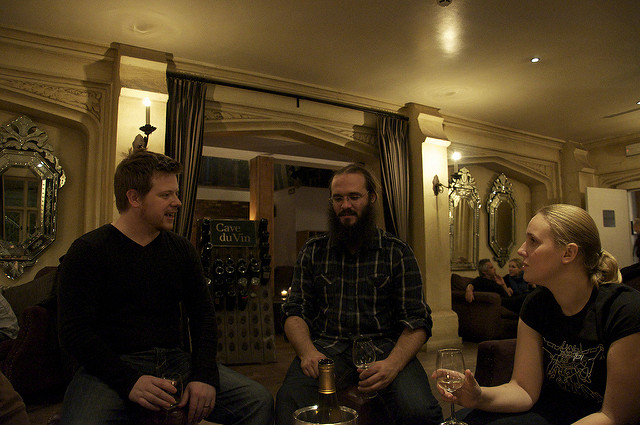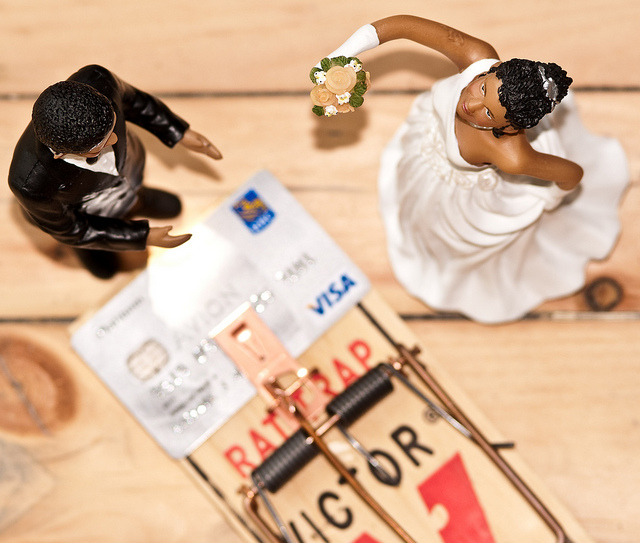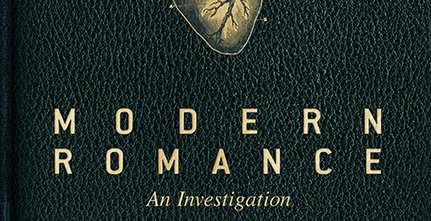
No, absolutely not. But married patients often receive more aggressive cancer treatment than those who are unmarried. Joan DelFattore, author of a recent article in The Washington Post, believes it might have something to do with doctors’ perceptions of unmarried people — specifically that unmarried people are less able to handle aggressive treatments than married people. DelFattore connected with sociological and medical experts to explore the potential importance of marital status in cancer treatments.
Some researchers speculate that overall unmarried patients may be starkly different than their married counterparts in terms of social support, depression, and social isolation. Sociologist Linda Waite, who co-wrote a book on the social benefits on marriage, concurs with these claims:
“In the U.S., where people have plenty of options for marriage, it’s likely to be those who are disabled or otherwise at a disadvantage who don’t marry….And so, they might indeed do worse in health care because of the underlying issues that caused them not to marry.”
Others, like Susan Brown, point out that these perceptions are based on the assumption that social support comes primarily from spouses, rather than other family and friends. Instead, Brown argues that care providers should be open to patient support coming from people other than spouses or romantic partners. She says,
“Frame the discussion in terms of what the patient actually needs, rather than focusing on whether it’s provided by people in specific roles…Our whole system is built around traditional family roles, and that doesn’t work for many people.”
Good social support certainly matters for surviving cancer treatment, especially aggressive treatment. Where it comes from matters much less than the fact that it’s there.









